The ultimate guide to supplier management using BPM in 2025
- HOME
- Procurement
- The ultimate guide to supplier management using BPM in 2025
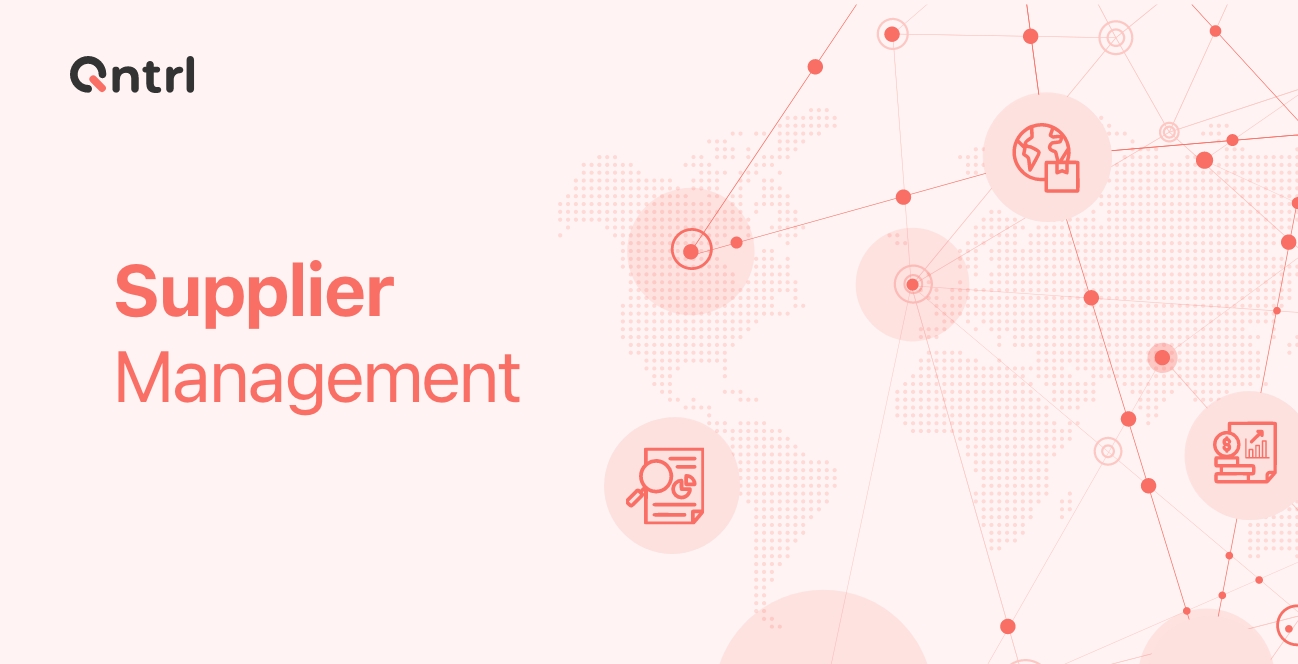
Effective supplier relationship management is vital for business continuity, compliance, and risk avoidance. As companies expand and supply chains become more intricate, the need for strong supplier management strategies has perhaps never been greater.
Let's look at the importance of supplier management, the challenges that are most common when dealing with it, and how organizations can maintain their supplier relationships better.
What is supplier management?
Supplier management encompasses all activities related to selecting, onboarding, monitoring, and evaluating suppliers to ensure they meet organizational expectations. It covers the full lifecycle of supplier engagement, from initial assessment and selection to long-term performance monitoring and collaboration.
Effective supplier management fosters strong partnerships, streamlines procurement processes, reduces costs, and minimizes risks.
In its simplest form, supplier management is the process of developing a solid framework through which organizations can develop strong supply chains and sustainable development.
It goes beyond transactional relationships—it's about the development of strategic partnerships where both parties have common objectives, expectations, and standards. This proactive approach enables businesses to respond quickly to market shifts and disruptions.
Why is supplier management crucial?
Risk mitigation: Poor supplier management can expose businesses to financial, operational, and reputational risks. Establishing a structured process ensures consistent monitoring, reducing the likelihood of disruptions.
Cost control: Proper supplier management helps negotiate better contracts, optimize procurement, and avoid hidden costs.
Quality assurance: Regular performance assessments ensure that suppliers meet the required quality standards.
Regulatory compliance: Organizations must ensure suppliers adhere to relevant regulations and industry standards, safeguarding against legal complications.
Stronger collaboration: Supplier management fosters transparent communication and collaboration, ensuring both parties align on expectations and goals.
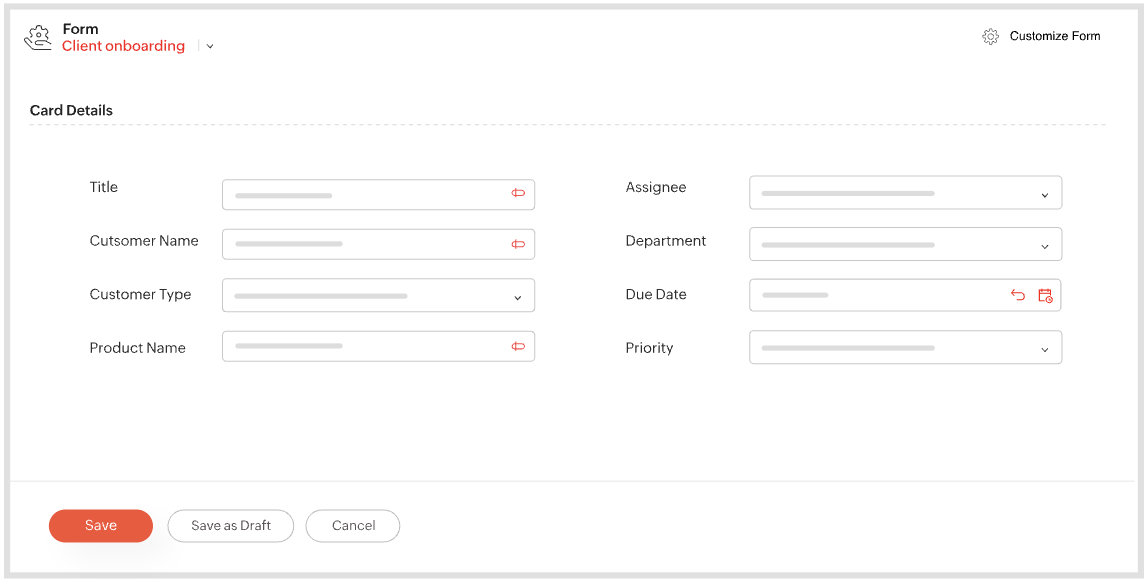
Common challenges in supplier management
Lack of visibility: Managing multiple suppliers across various locations makes it challenging to maintain a centralized view of these operations.
Inconsistent processes: Without standardized procedures, supplier management becomes chaotic and error-prone.
Communication gaps: Misalignment between suppliers and internal teams can lead to delays and misunderstandings.
Compliance risks: Ensuring every supplier adheres to regulations and standards requires constant oversight.
Inefficient data management: Manual tracking leads to errors, redundancy, and a lack of real-time insights.
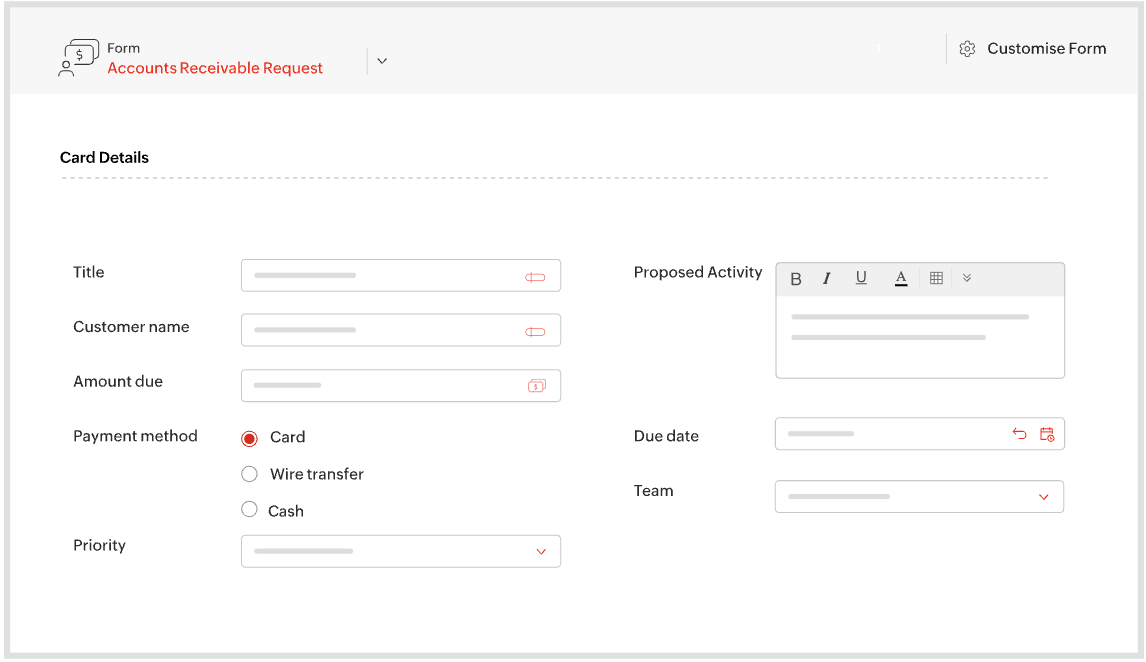
Essential supplier management features for large enterprises
For large enterprises, BPM systems are critical, as they have strong supplier management capabilities built in. The following features enable enterprises to maintain control, meet regulatory requirements, and achieve operational excellence:
Centralized supplier database: Store all supplier information, including contracts, certifications, performance records, and contact details, in one place.
Automated onboarding: Standardize and accelerate the onboarding process with customizable workflows for documentation, approvals, and verification.
Performance tracking: Establish KPIs to evaluate suppliers on delivery timelines, product quality, and adherence to SLAs.
Risk assessment and compliance monitoring: Automate compliance checks and receive alerts when certifications or licenses are nearing expiration.
Communication and collaboration tools: Enable real-time communication between internal teams and suppliers, reducing misalignment and delays.
Audit trails: Maintain a comprehensive record of all interactions, approvals, and changes, ensuring transparency and accountability.
Integration with existing systems: Seamlessly connect with ERP, CRM, and procurement tools to ensure smooth data flow across systems.
Customizable workflows: Adapt processes to align with industry-specific needs, ensuring flexibility while enforcing best practices.
Scalability: As operations grow, the tool should support increasing complexity without compromising on performance.
Real-time analytics: Gain instant insights into supplier performance, financial data, and procurement trends, enabling faster decision-making.
Automated alerts and notifications: Set up notifications for key events, such as contract renewals, compliance updates, and performance milestones, to stay proactive.
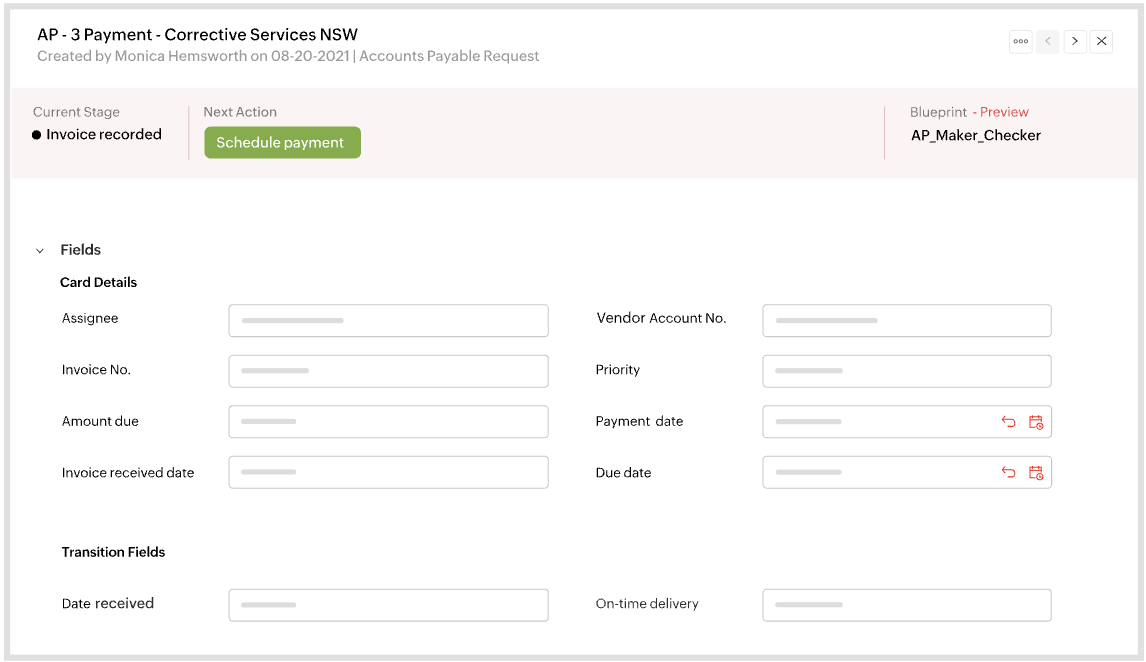
Must-have features in a procurement solution
Once you're sure that procurement solutions can add value to your supplier management process, look for features that can make a significant impact while selecting your options:
Integration with your existing ERP, finance, and sourcing systems allows for seamless data flow and generally avoids duplicate entries.
Higher-level solutions should offer end-to-end automation for routine tasks like onboarding, order processing, and invoice management, streamlining operations and reducing human error.
Powerful tools should provide clear insights into your supply base, contract management, and spend analysis through robust reporting and analytics, helping you make data-driven decisions for future strategies.
Scalability is crucial—choose a solution that can grow with your business, whether you’re a small company or a large corporation, ensuring it aligns with your future needs.
An intuitive, user-driven experience is the basic quota for making the platform easy to navigate for anyone from new team members to procurement professionals and suppliers alike.
Given the sensitive nature of financial and supplier information, prioritize solutions with robust security features like data encryption and authorization levels.
Reliable support is equally important during implementation, so look for providers offering round-the-clock assistance or fast response times.
An integrated supplier portal can further streamline processes by enabling suppliers to upload documents, view contracts, and submit invoices directly into the system, reducing wait times for processing.
Mobile compatibility is a key feature in today's mobile-driven world. It ensures that workers and procurement professionals can access the platform on the go.
Finally, requesting a demo or taking advantage of free trial periods to evaluate how the solution works in practice—giving you enough time to assess its effectiveness in your specific environment—is an added bonus without any associated negatives.
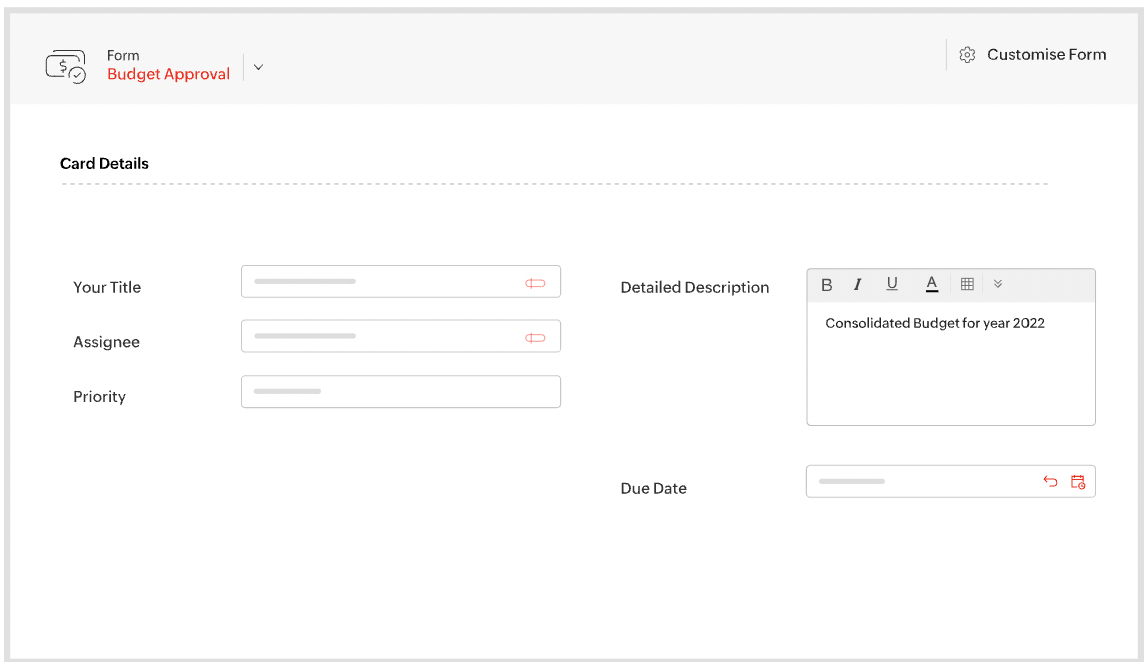
Look for technical feature components like:
Customizable interface: The correct procurement solution should feature the capability to customize the interface to your organization’s requirements for maximum value.
All-in-one dashboard: A comprehensive dashboard provides instant insight into the progress of processes and can help prevent and identify bottlenecks and errors.
Vendor self-service portals: Empower suppliers to manage their information, upload documents, and track orders, reducing administrative workload.
Three-way matching: Matching invoices with purchase orders and requisitions can be made effortless and accurate with procurement solutions.
Spend control: Real-time budget updates can help buyers make well-informed decisions and curtail costs even at the purchase requisition stage.
Integration with financial systems: Ensure smooth data flow between procurement tools and financial systems for accurate reporting and budget tracking.
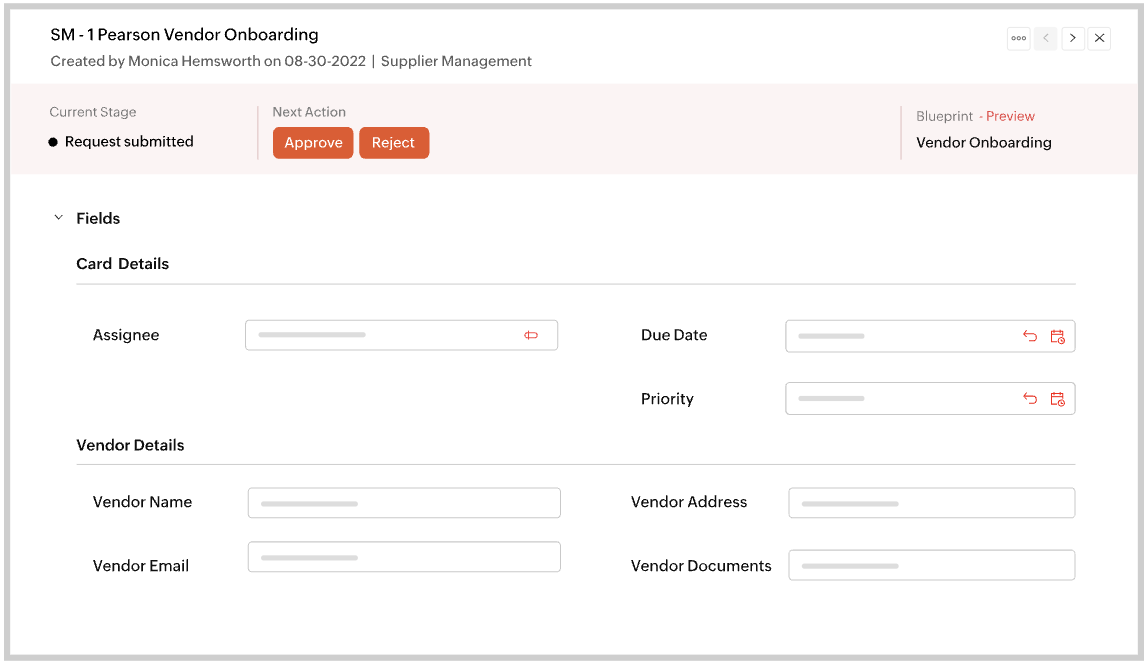
Steps to optimize supplier management
Supplier selection and onboarding
Conduct thorough research to identify potential suppliers.
Evaluate factors such as reliability, financial stability, and reputation.
Establish a structured onboarding process to ensure smooth integration.
Performance monitoring
Implement key performance indicators (KPIs) to track supplier performance.
Schedule regular reviews to assess compliance, quality, and delivery timelines.
Risk management
Identify potential risks associated with each supplier.
Develop contingency plans to address disruptions.
Continuous improvement
Foster open communication with suppliers to address concerns promptly.
Collaborate on process enhancements and innovation.
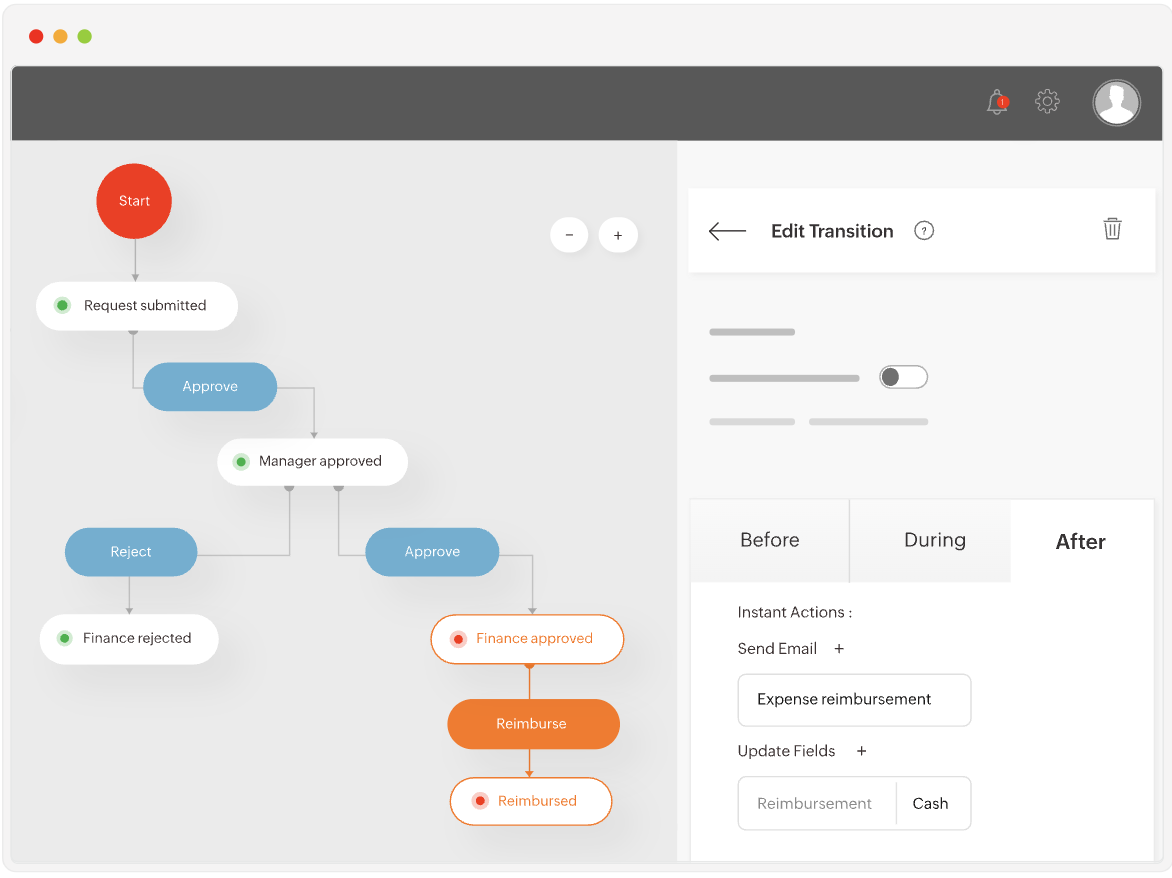
Industries that benefit from streamlined supplier management
Virtually every industry benefits from optimized supplier management, but some sectors see particularly significant improvements:
Manufacturing: Managing hundreds of suppliers for raw materials, equipment, and logistics requires precise coordination. Supplier management tools help track deliveries, assess quality, and ensure production runs smoothly.
Retail: Retailers juggle multiple suppliers for inventory, packaging, and distribution. Optimized supplier management ensures product availability, timely replenishment, and cost control.
Healthcare: It's critical to ensure that medical supplies and equipment meet strict regulatory standards. Supplier management ensures compliance and mitigates the risk of supply shortages.
IT and technology: Tech companies rely on diverse suppliers for hardware components, software licenses, and services. Efficient supplier management accelerates product development and reduces downtime.
Construction: Managing contractors, materials, and timelines demands robust processes. Supplier management tools ensure smooth coordination and adherence to project milestones.
Designing a supplier management workflow in a no-code environment
In traditional setups, IT teams were responsible for designing and executing the supplier management system. But thanks to modern BPM tools, which provide low-code/no-code environments, process managers and procurement teams can take control of this, reducing the need to rely on IT.
Step 1: Map out the supplier lifecycle. Identify key stages, like:
Supplier identification and assessment
Onboarding and contract negotiation
Performance monitoring
Risk management
Renewal and offboarding
Step 2: Create workflows. Use drag-and-drop interfaces to build automated workflows for each stage:
Document collection and verification
Approval flows for new suppliers
Performance alerts based on KPIs
Communication for contract renewals
Step 3: Integrate with existing systems. Connect the supplier management tool with procurement, finance, and ERP systems for seamless data exchange.
Step 4: Test and refine. Run test cases to identify gaps, then refine workflows iteratively.
Step 5: Monitor and optimize. Use analytics to monitor performance and make data-driven improvements over time.
This hands-on approach empowers teams to adapt workflows as processes evolve, ensuring agility and responsiveness.
Leveraging technology in supplier management
Advanced tools like Qntrl offer an all-in-one platform to streamline supplier management processes. Qntrl enables organizations to:
Centralize supplier information for a single source of data insight.
Automate workflows to minimize human interference and errors.
Monitor performance in real time with dashboards.
Guarantee compliance through certification and regulatory requirement tracking.
Enable procurement teams to change processes and do it without the help of IT.
BPM as a solution for supplier management
Supplier management as a process is critical to delivering maximum success for developing businesses. It helps organizations avoid risks, improve collaboration, and achieve continuous improvement by implementing disciplined approaches and using technology.
Advanced BPM tools like Qntrl equip teams to manage supplier relationships, reduce the reliance on IT teams, and create more sustainable supply chains. The future is in flexible, automated systems that can adjust to changing business needs and grow with their organizations.
Sign up for a free demo to see how Qntrl can elevate supplier management processes for your enterprise.
Enjoying your reading?
Enjoy organization and visibility too!
Qntrl can help you organise, control and improve production and projects in your team.







